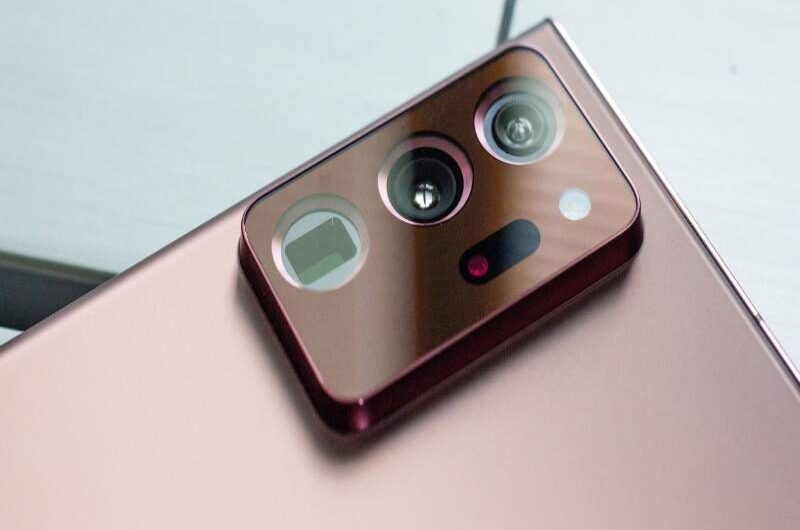Google’s Pixel Watch 2 brings several notable improvements, paralleling the evolution seen in the Pixel 8 smartphone. One significant addition is the inclusion of temperature sensors, a feature that arguably makes more sense on a wearable device than a smartphone. The second parallel is the gradual nature of updates in the consumer hardware space.
The Pixel 6 marked a departure for Google, as it aimed for major advancements. However, the subsequent two Pixel devices have been characterized by a more iterative approach, focusing on refinements. In contrast, the first Pixel Watch was the result of substantial investment and time. Google made significant acquisitions, such as buying Fitbit for $2.1 billion and obtaining Fossil IP for $40 million, in addition to purchasing companies like Pebble and Misfit through these acquisitions.
Despite relying on third parties to produce Wear OS hardware for years, Google recognized the need for a different strategy. It persuaded Samsung to switch from the Tizen operating system to Wear OS for its smartwatches and ventured into producing its own wearable devices, similar to its approach with the Pixel phone line.
Given the extensive efforts that went into creating the first Pixel Watch, it’s not surprising that the sequel doesn’t introduce groundbreaking changes. It appears that Google anticipated that existing Pixel Watch owners might not find compelling reasons to upgrade. While there are some updates, such as the new sensor and a transition from an Exynos processor to Qualcomm’s latest, the most significant development with the Watch 2 is its deeper integration with the Fitbit platform.
Google recognized that health monitoring is a primary driver for wearables. Rather than starting from scratch, it acquired Fitbit, a major player in the health tracking industry. The seamless integration with Fitbit’s expertise underscores the importance of health tracking for Google’s wearable strategy.
The Watch 2’s design appears to have been influenced by the Fossil IP acquisition, retaining the minimalist and stylish aesthetics of the original Pixel Watch. However, like its predecessor, the Watch 2 comes in a single size, which may not cater to the diverse range of body shapes and sizes. The small size also results in a smaller screen compared to some competitors.
The secure connection between the watch and band, along with improved charging times and a more secure charging puck, are notable design features. While the battery received a modest upgrade, the chipset plays a crucial role in ensuring the watch can last through a full day without compromising fitness and sleep tracking.
The addition of skin temperature and stress sensors expands the Watch 2’s capabilities, aligning it more closely with Fitbit’s health tracking offerings. The acquisition of Fitbit by Google was primarily driven by a focus on health tracking, and the Watch 2 continues to fulfill that mission.
At a starting price of $350, the Watch 2 positions itself competitively in the market, priced $50 lower than the Apple Watch Series 9 and $50 higher than Samsung’s Galaxy Watch 6. It’s worth considering the additional cost of a $10 per month Fitbit Premium subscription for the full health tracking experience.
The Pixel Watch 2 may not introduce groundbreaking changes, but it successfully addresses many of its predecessor’s shortcomings, maintaining its status as one of the top smartwatches available.
Disclaimer: The views, suggestions, and opinions expressed here are the sole responsibility of the experts. No EU Brief journalist was involved in the writing and production of this article.




